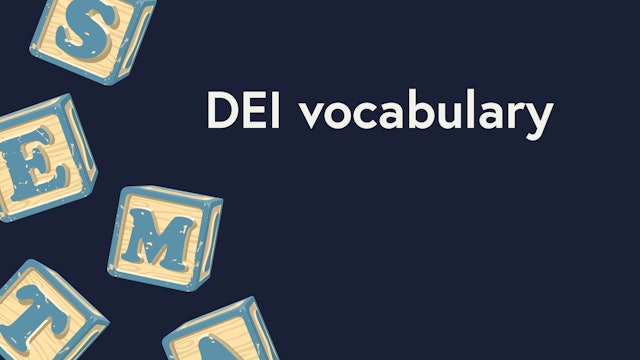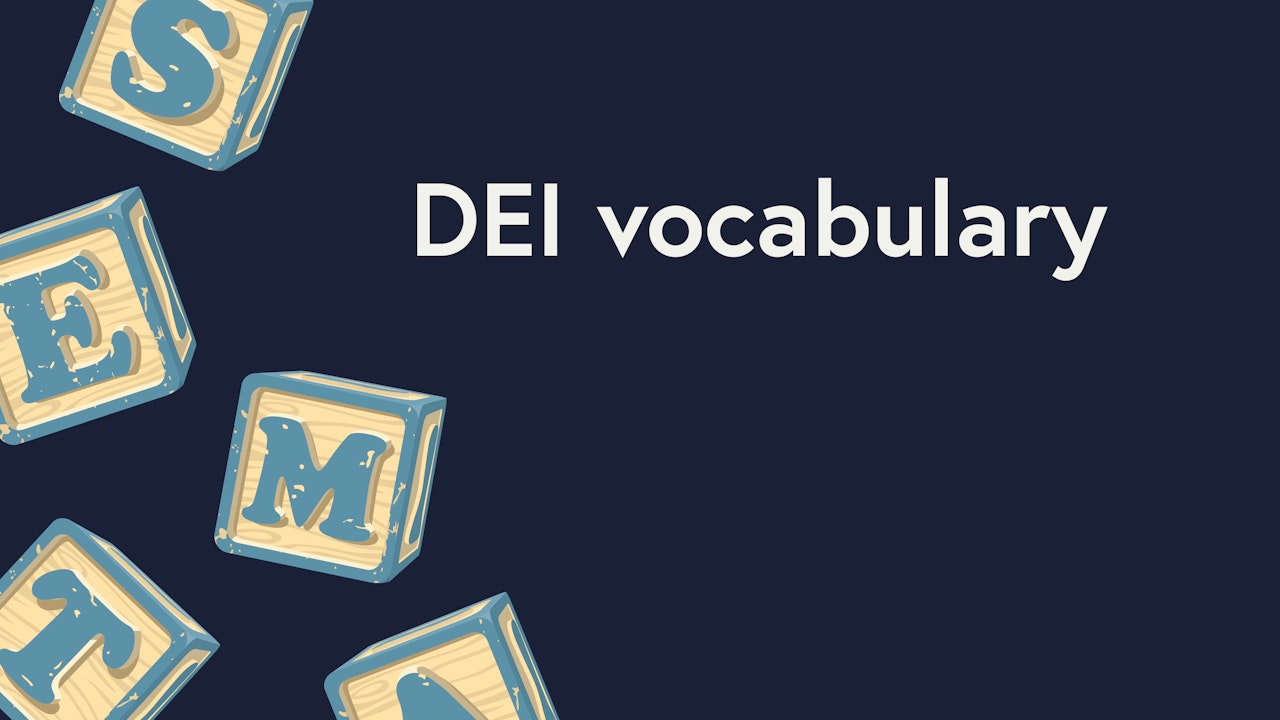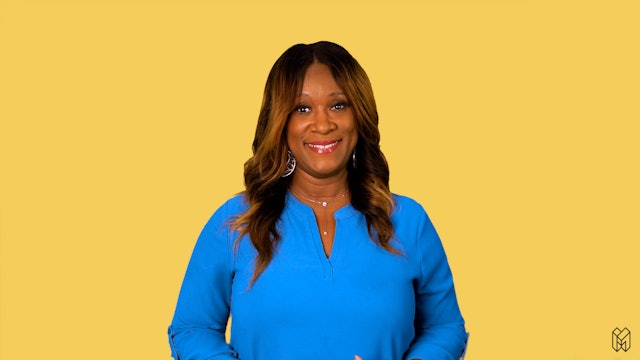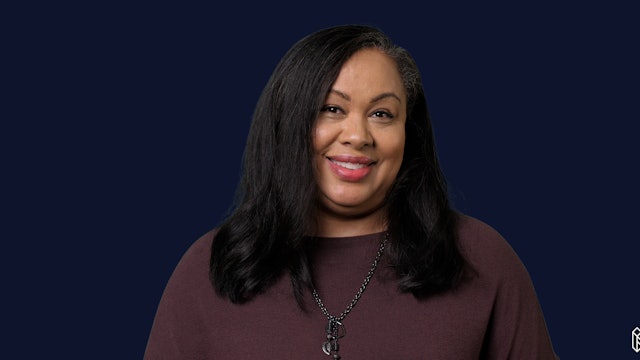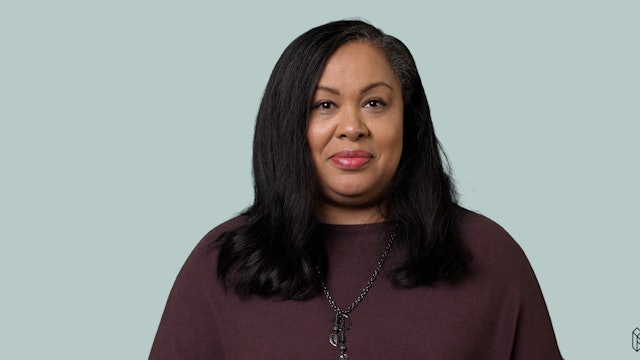-
What is Asexuality?
Here’s a helpful definition of the sexual orientation known as asexuality. Understand why people who are asexual may feel uncomfortable or excluded in workplace interactions and relationships. Learn how to ensure that asexual employees feel welcome, respected, and included.
-
What is the Definition of Disability?
Learn the definition of disability as it pertains to inclusive workplace policies and also as it is defined by the Americans with Disabilities Act (the ADA). Also, review some brief historical context and conditions or impairments that could be considered disabilities.
-
What is Gender Nonconforming?
Understand what gender nonconforming means, how it relates to identity, and why it matters.
-
What Does Transgender and Cisgender Mean?
Tap into this helpful clarification of the terms sexual identity, gender identity, transgender, and cisgender, and how these four differ and interrelate. Recognize that how people self-identify is complex and unique to them.
-
What is Transphobia?
Understand what transphobia is, what it stems from, and how to recognize it in your workplace and community.
-
What are Quotas?
Quotas are designed to mitigate discrimination. This video answers where they came from and how they factor into conversations about diversity, equity, and inclusion.
-
What is Ableism and How to Avoid It?
Clarify your understanding of the term “ableism” and learn to recognize the many forms this type of discrimination takes. Get up-to-date guidance on how to communicate about disability using language that puts people first and steers clear of unconscious biases and intrusive questions.
-
What is the Patriarchy?
Explore the ways that a patriarchal system is embedded in American society and how it negatively affects women and other gender minorities, including workplace discrimination. Evaluate the damage done by a system that actively oppresses half of our population and devalues feminine qualities.
-
What is an Employee-Led Group?
Broaden your understanding of groups led by and for employees. Confirm how the safe, supportive space provided by employee-led groups positively influences organizations and promotes DEI objectives. Get helpful advice on structuring these groups for optimal results.
-
What is Rainbow Washing?
Learn the signs of rainbow washing, and what to look for in a business that genuinely supports LGBTQ+ people. Also, learn how to identify this harmful marketing technique, which is used to attract the buying power of the LGBTQ+ community and its allies without providing authentic or meaningful su...
-
What's the Difference Between Religion and Spirituality?
Through real-world examples, learn the difference between religion and spirituality: how are they different, and how do they intersect? Recognize that while people connect spirituality to religion, for others it is a non-religious feeling or practice.
-
What is Virtue Signaling?
Understand what virtue signaling is, why it’s problematic, and how you can avoid it as an individual or organization.
-
How Is Implicit Bias Different From Unconscious Bias?
Take a closer look at whether there’s a difference between “implicit” and “unconscious” bias. Learn how trainings can help your team to effectively mitigate the negative effects that biases inject into your company culture.
-
What Are Personal Pronouns and Why Are They Important?
Learn the meaning and importance of personal pronouns as they relate to gender identity, diversity, equity, and inclusion.
-
What Should I Call Someone With Dwarfism?
When used in a nonmedical sense, the term “dwarf” can be highly offensive. Learn the appropriate way to refer to someone who has been medically diagnosed with dwarfism, and how you can foster a workplace that is safe and inclusive for all people.
-
What is Multicultural Competency?
Learn what multicultural competency means and how embracing and celebrating the cultural differences of your team members can improve employee engagement, retention, productivity, problem solving, teamwork, and innovation.
-
What is Polyamory, and Why Does it Matter in the Workplace?
Understand what polyamory means, misconceptions about this practice, and why understanding is important for creating an inclusive workplace for all people’s sexual and romantic orientations.
-
What is White Washing?
Understand how white washing misrepresents stories and histories about people of color, why this practice is harmful, and how to avoid consuming only white-washed narratives.
-
What Does Queer Mean, and Is It a Slur?
Explore the meanings of the word queer, its history as a derogatory slur, and how it has been reclaimed in recent year by many in the LGBTQ+ community as an expression of pride. Learn the contexts in which it’s acceptable to use this term and how to do so respectfully.
-
What is the Myth of the Model Minority?
Learn the historical and cultural context of the “model minority” myth, and why it is both false and damaging.
-
Can I Be Both Privileged and Marginalized?
Learn what it means to be privileged and marginalized. Understand how someone can be both privileged and marginalized and how examining our overlapping identities helps us create a more equitable society.
-
What is Masking?
Learn what masking is, who practices it, and how its effects can be harmful.
-
What Should I Call Someone Who Is OCD?
Learn the respectful way to refer to someone who has obsessive-compulsive disorder, when it might be appropriate, and why you should never call someone OCD as a joke.
-
What is White Nationalism?
Confirm your understanding of the racist ideology known as White nationalism. Examine the core beliefs of White nationalists, the causes they advocate for, and the harmful impacts of White nationalism on people of color and American society as a whole.

